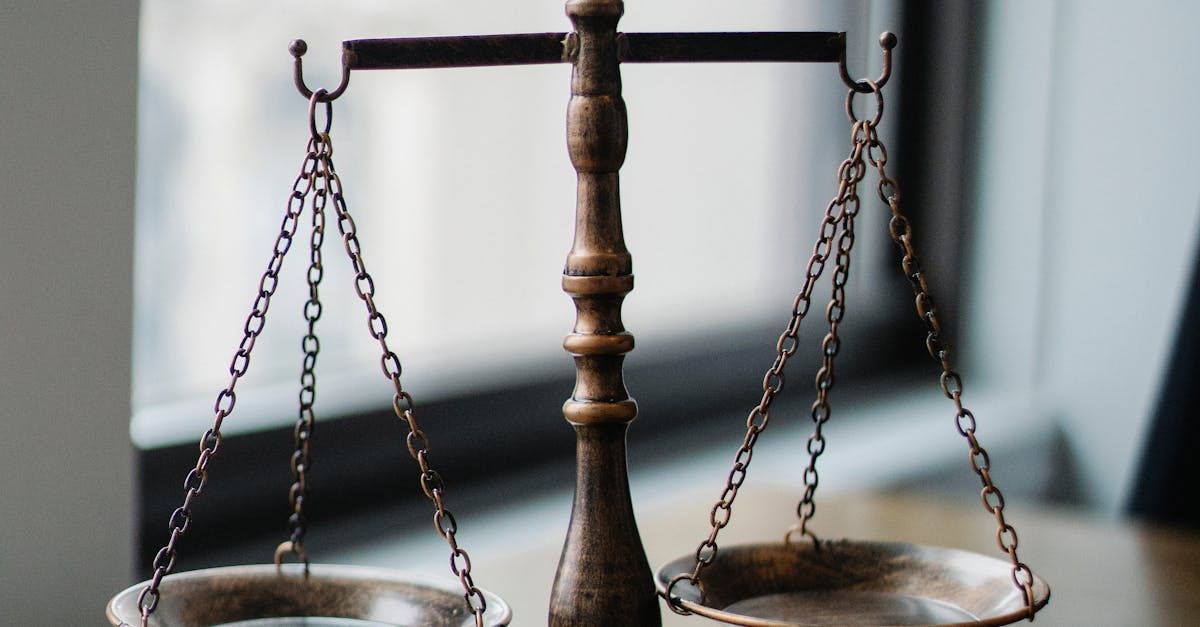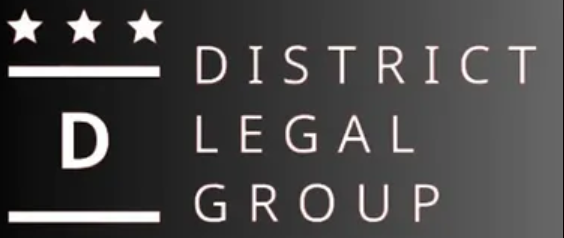January 21, 2025
When pursuing an employment law case, it’s crucial to understand what types of damages you might recover and how courts evaluate the value of your case. While employment disputes often stem from emotional and financial turmoil, it’s important to approach your case with realistic expectations. Let’s explore what factors courts and juries consider when determining damages and what you, as a plaintiff, should keep in mind. Types of Damages in Employment Law Cases Employment law cases often involve multiple types of damages, including: 1. Back Pay What it is: Compensation for wages lost from the time of termination or adverse action to the date of trial or settlement. How it’s calculated: Courts look at your salary, benefits, and bonuses to determine what you would have earned had the wrongful action not occurred. However, you’re required to mitigate damages by seeking comparable employment during this period. 2. Front Pay What it is: Future wages you are unable to earn due to the wrongful termination or discrimination. How it’s calculated: Courts evaluate how long it will take for you to find comparable employment or reach retirement age, factoring in your skills, industry trends, and job market conditions. 3. Emotional Distress Damages What it is : Compensation for mental anguish, humiliation, or emotional suffering caused by the employer’s conduct. What courts consider: Testimonies, medical records, or expert reports that demonstrate how the employer’s actions affected your mental health. 4. Punitive Damages What it is: Damages meant to punish egregious or malicious behavior by the employer. When awarded: These are typically reserved for cases where the employer’s conduct was intentional, reckless, or showed a willful disregard for your rights. 5. Attorney’s Fees and Costs Many employment statutes allow for the recovery of attorney’s fees and court costs if you prevail in your case, which can significantly increase the value of a claim. What Courts and Juries Look at When Evaluating Damages 1. Strength of Evidence Key questions: Is there clear evidence of wrongful conduct? Are the employer’s actions well-documented (e.g., emails, policies, or witness testimony)? Stronger evidence increases the likelihood of success and may result in higher damages. 2. Plaintiff’s Mitigation Efforts Courts expect you to make reasonable efforts to mitigate your losses by finding new employment. If you fail to do so, the court or jury may reduce your damages significantly. 3. Nature and Severity of the Employer’s Conduct Cases involving blatant discrimination, harassment, or retaliation often result in higher damages, particularly if there’s evidence of systemic or intentional wrongdoing. 4. Impact on the Plaintiff Emotional distress damages depend heavily on how the employer’s actions affected your life. Medical records, therapy notes, or testimony from friends and family can be critical in demonstrating this impact. 5. Comparable Verdicts and Settlements Courts often look at prior cases in the same jurisdiction to gauge what similar claims have settled for or what juries have awarded. This provides a benchmark for evaluating damages. 6. Credibility of the Plaintiff and Witnesses Juries are influenced by how believable and sympathetic you are as a plaintiff. Inconsistencies in your story or gaps in your evidence can harm your case’s value. 7. Employer’s Resources The financial standing of the employer can impact the amount of punitive damages awarded. Wealthier employers may face higher punitive damages than smaller businesses. Setting Realistic Expectations Every Case is Unique: While legal precedent can provide a framework, no two cases are identical. Factors such as jurisdiction, employer policies, and the personalities of key players (e.g., the judge or jury) all influence outcomes. Litigation is Unpredictable: Trials are inherently uncertain, and while an attorney may provide an estimate of your case’s value, it’s impossible to guarantee a specific outcome. Settlements vs. Trials: Many employment cases settle out of court. Settlements are often lower than potential jury verdicts but provide faster resolution and eliminate the risk of losing at trial. Final Thoughts Understanding how courts and juries evaluate damages is essential for setting realistic expectations about the potential value of your employment law case. A strong case supported by evidence, credible testimony, and clear documentation of damages is more likely to yield favorable results. If you’re considering pursuing an employment law claim, consulting an experienced attorney can help you navigate these complex factors and develop a strategy to maximize your recovery while managing expectations.









